Kaisho (“Hello” in Basque) San Sebastian
Welcome to Basque country, a region encompassing northeastern Spain and southwestern France. Euskara is the language of the Basque people and pintxos (similar to tapas, some might even say better) are their best known culinary tradition.
It was a day of celebration…
For those of you who are truly passionate about food, you need to spend some time savoring pintxos in San Sebastian. Pintxo is the Basque word for “spike.” Typically, a pintxo is a small bite of food, often held together by a toothpick (hence the name spike). A more common pintxo might be a slice of baguette (like a canape) topped with seafood (most commonly: anchovy, sardine, tuna, and/or crab), jamon, queso, or a stuffed piquillo pepper. However, San Sebastian’s more creative chefs have elevated pintxos to a higher level (see review of Zeruko below).
It is common to pop into a pintxos bar for one or two pintxos and glass of txakoli (cha-co-lee), the local Basque white wine (ardo = Basque for wine), and then venture to to the next, and the next (pintxos crawl)….sampling the best pintxos each bar has to offer. You freely pick and choose the pintxos — laid temptingly across the bar on plates that are replenished frequently — you want to try and keep track of what you’ve eaten by the number of toothpicks left on your plate. Some pintxos bars have pintxos cooked to order, in addition to what’s on the bar. In my opinion, some of the more interesting pintxos were those that were cooked to order, so be sure to save a bit of room — easier said than done.
Pintxos bars are plentiful in San Sebastian. Just about every other storefront seems to be a pintxos bar. One would need to spend at least a month in San Sebastian to sample the dizzying array of pintxos this city has to offer; I did my best to sample as many as I could in four days.
In my pintxos feast, there were a few that stood out. A visit to Ganbara is required eating and was the first stop on our pintxos crawl (a long day of eating and drinking).
Ganbara
Ganbara is known for its mushroom. The revuelto hongos (grilled mushrooms with a fried egg — available with foie gras, gambas, or just about anything else your heart [and stomach] desires) and surtido setas (medley of wild mushrooms) were highlights, along with the txangurro (spider crab) tartlet, the bacalao (salt cod) fritters, and the txipis tintos (baby squid in its ink), with, of course, a glass or two of txakoli to wash it all down. I tried several iterations of bacalao fritters while in Spain, but the ones at Ganbara stood out from the rest. You would expect something that is deep-fried to be heavy; on the contrary, Ganbara’s fritters were light and fluffy in the middle and crispy on the outside. Wish I had a plate of them right now, delicious!
As you can see from the photos below, Ganbara tends to attract a crowd, often spilling into the street when things get crowded. Sometimes, especially in the evenings, you may feel packed in like a sardine, but that’s simply part of the experience and a testament to the quality of Ganbara’s cooking.
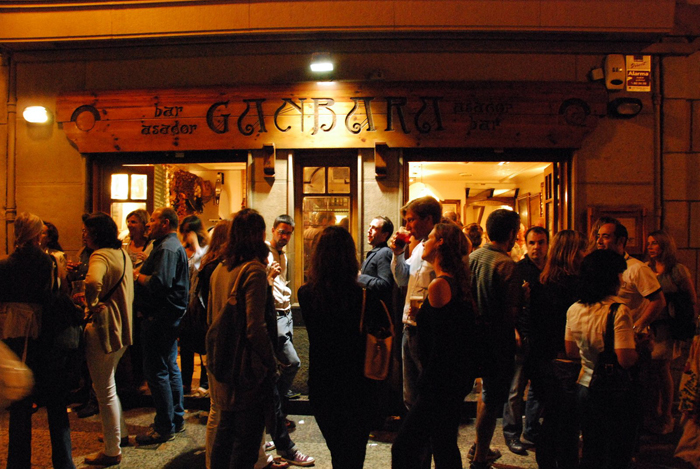
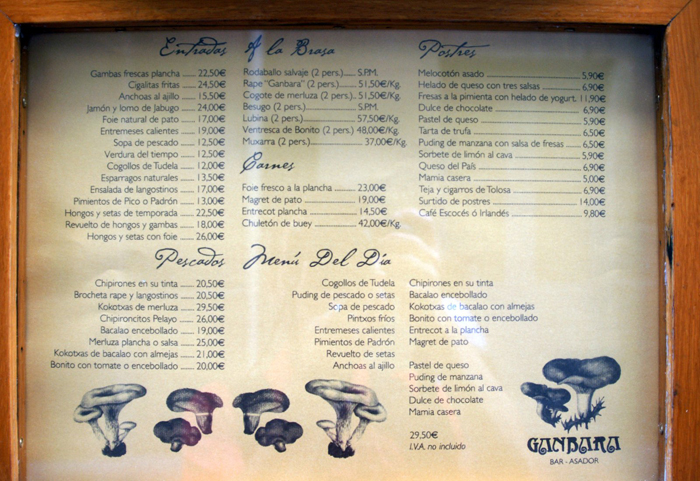
Pintxos and Txakoli…
Revuelto hongos (grilled mushrooms with a raw egg yolk and foie gras)..
Kokotxas de Merluza (battered and sauteed hake cheeks)
Bar Txepetxa
After Ganbara, we made a quick stop at Txepetxa, which is known for its antxoas (anchovies). The entire menu consists of antxoas topped with such things as foie gras with apple compote, crab, olive pate, papaya, trout roe, and many others.
For those of you who have ventured into the world of anchovies and are accustomed to the cured (salty) jarred/canned variety, fresh anchovies are a completely different experience on the palate. For me, the combination of anchovy and sea urchin was addictive such that we visited Txepetxa every day.
After Ganbara and Txepetxa, we stopped at Zeruko. By far, Zeruko had the most modern, innovative, and visually striking pintxos of the places we visited, which seduced me into sampling many of their creations. I attempted to pace myself, limiting the number of pintxos at each place we stopped, but they were just so enticing, sitting on the bar right in front of me. I ended up sampling quite a few pintxos (more than I intended) at Zeruko; some were outstanding, some looked better than they tasted, and some I am truly having a hard time remembering (damn that txakoli).
Gulas with a Fried Egg in a Potato Basket
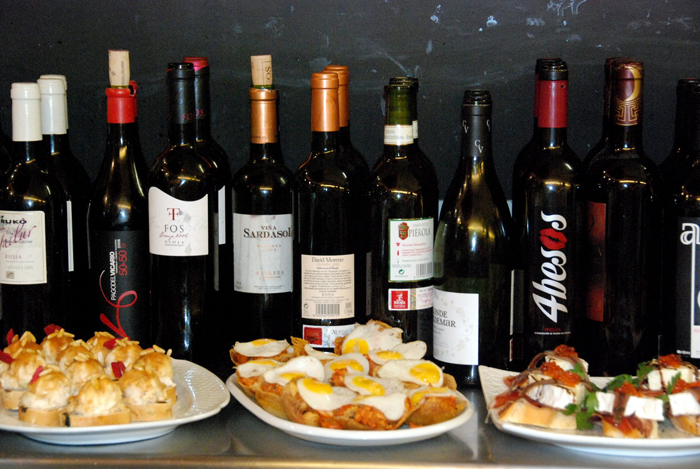
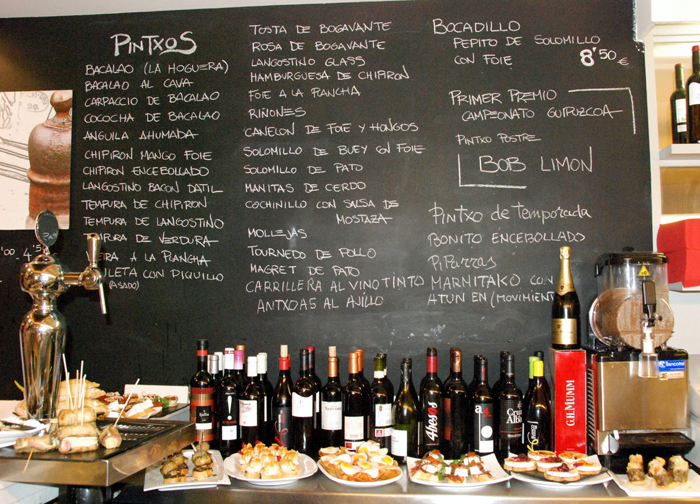
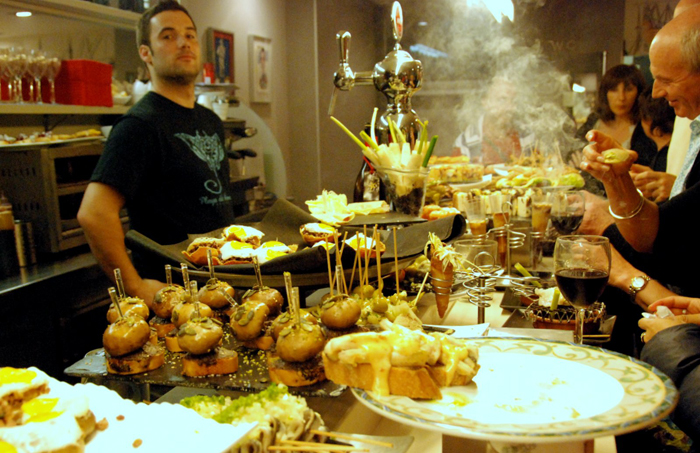
Angulas is the Spanish name for the young, European eels or elver eels. Angulas are very expensive (around 100 Euro for a small plate), therefore mock or immitation gulas, a whitefish shaped to look like eels, are commonly substituted. Unfortunately, I did not get to try real angulas, only the imitation ones, which did not have much flavor on their own.
Not sure what this one was called?
Canelon de Foie y Hongos (cannelloni with foie gras and mushrooms)
More Foie Gras…
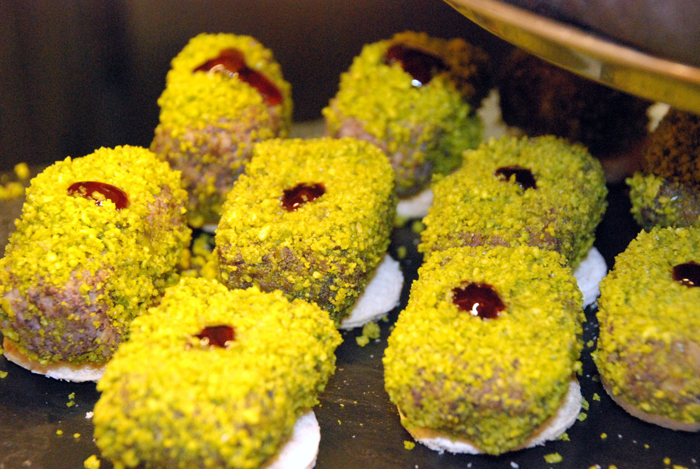
Crab with Rose water…
After Ganbara, Txepetxa, and Zeruko we stopped by La Cuchara (“the spoon”); yes, this was all during the same day. La Cuchara, another tiny, crowded, standing-room only pintxos bar was excellent. By now, I was beginning to feel full, but made room for the bacalao and encebollado (cod and onions) and the foie gras. Most, if not all, of La Cuchara’s dishes are cooked to order, and are definitely worth the wait. As you’ll notice in the below photos, these are not your typical pintxos, but more akin to small plates. Unfortunately, this was our lone visit to La Cuchara. Guess that means we’ll have to return to San Sebastian — hopefully soon!
Bacalao with Farro and Encebollado (onions)
Foie gras = 🙂
La Cuchara was actually not the last stop on our pintxos crawl that first day. We stopped at one last pinxtos bar, Goiz Argi, which is known for its shrimp and bacalao skewers, and lamb meatballs. The pintxos we ate there, pimientos de padron and piquillos stuffed with bacalao and crab, put me over the edge…way too much food to be consumed in one day, but all in the name of culinary research.
And no shortage of txakoli…
After returning to Chicago, everybody asked how our trip to Spain was and what we did. My response: Amazing and umm…we did a bit of eating along the way.
“Travel and change of place impart new vigor to the mind.” – Seneca
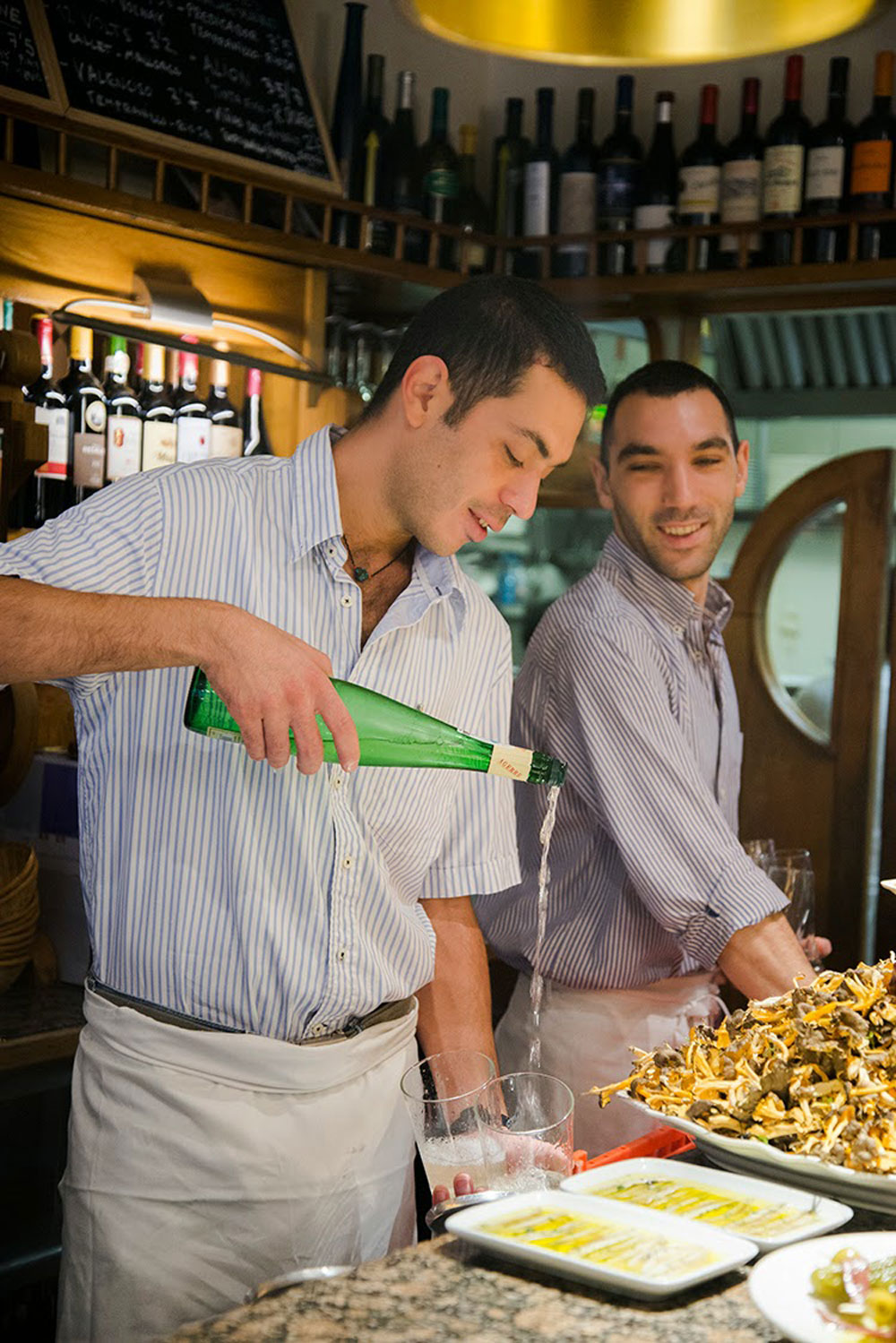
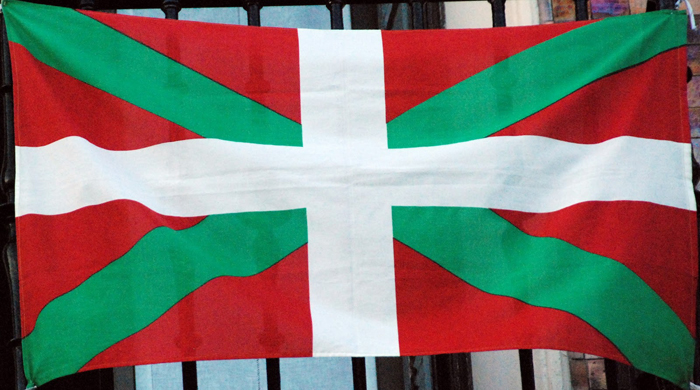
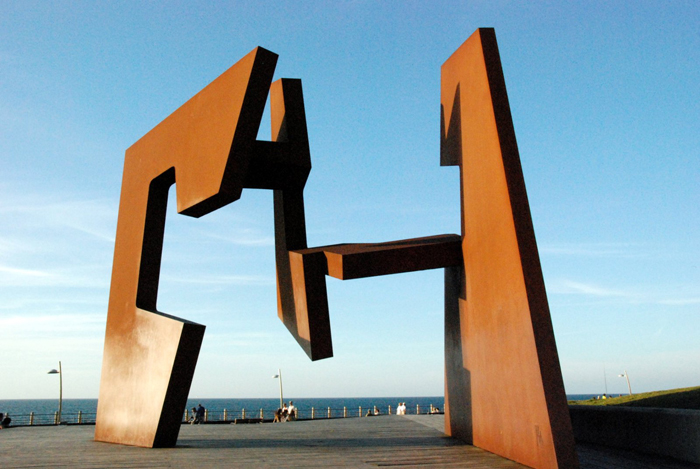
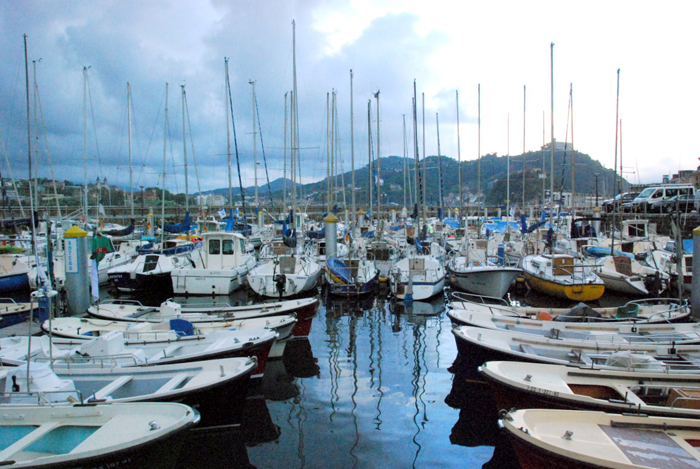





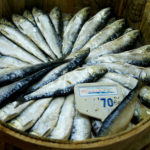
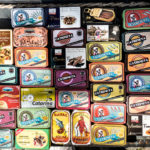
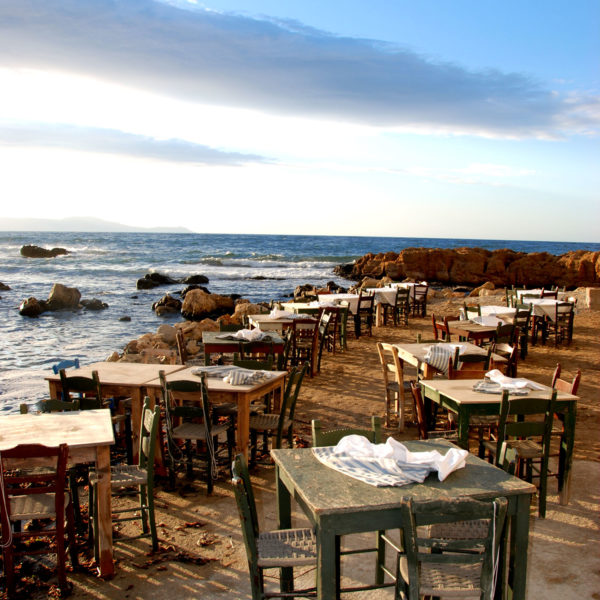
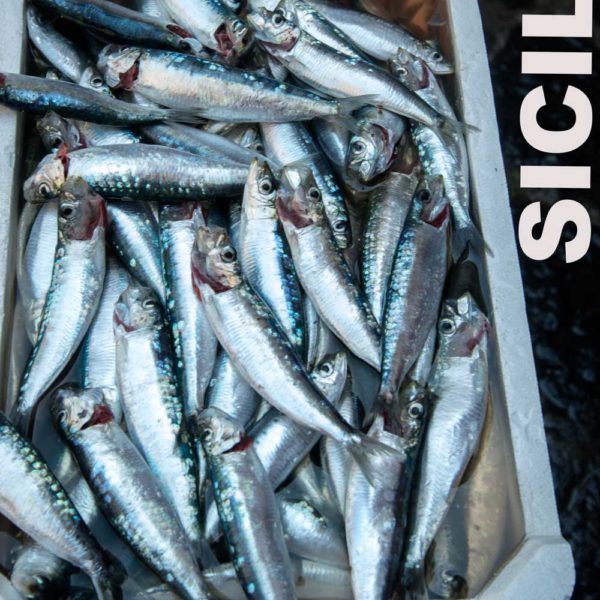
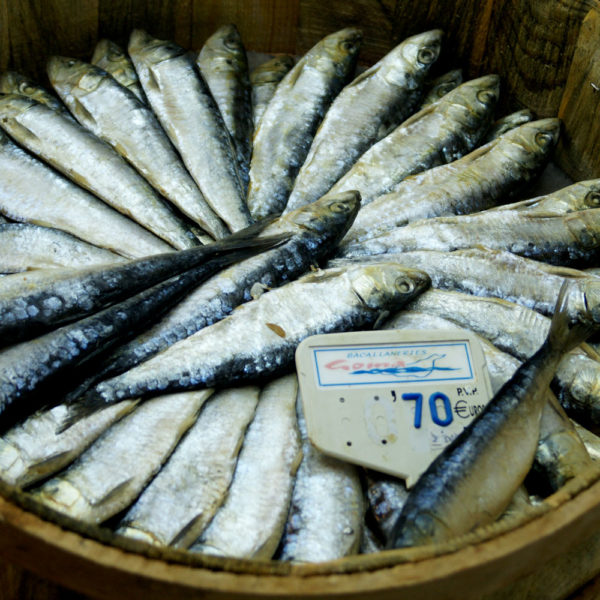


2 comments
sally
I am so impressed that you learned so much. Seems like there are a lot of 'x's" in their language. I am going to remember pintxos for a crossword clue.
sally
I am so impressed that you learned so much. Seems like there are a lot of 'x's" in their language. I am going to remember pintxos for a crossword clue.